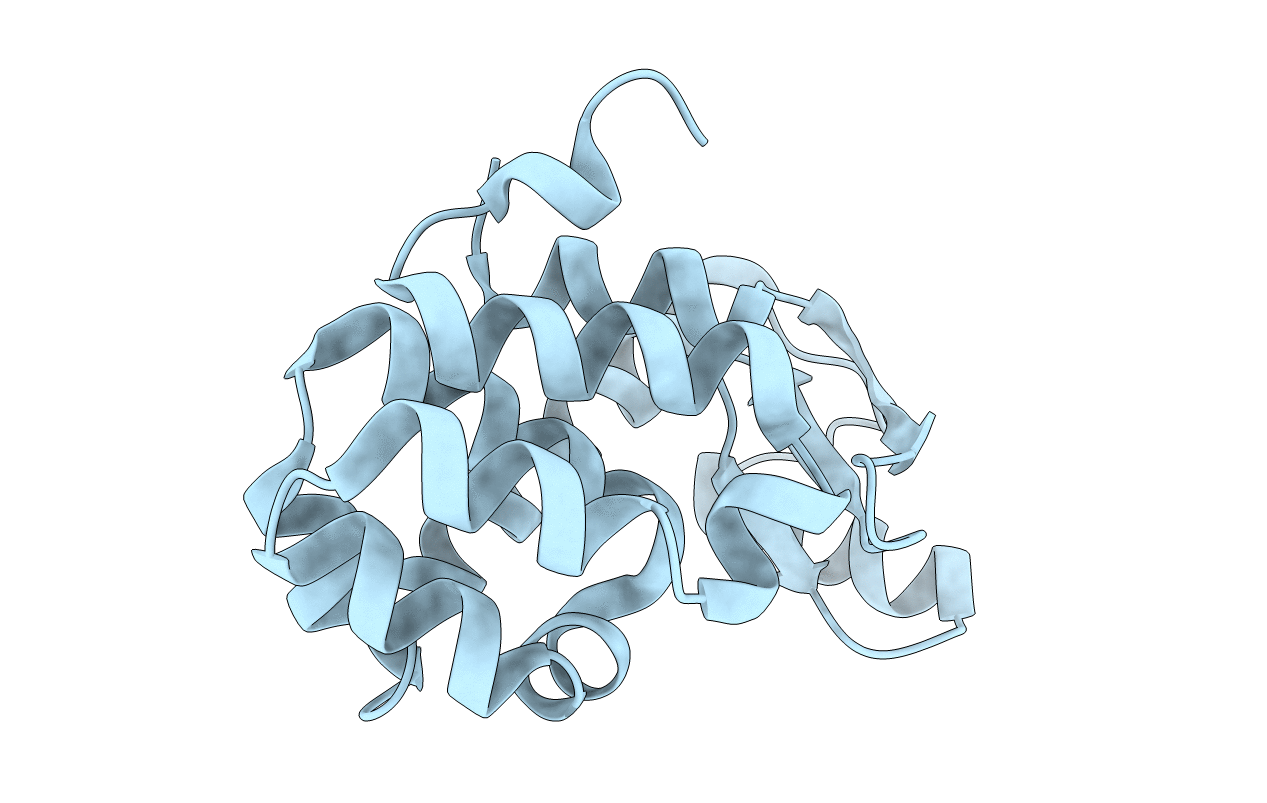
Deposition Date
2017-05-09
Release Date
2017-07-19
Last Version Date
2024-01-17
Entry Detail
PDB ID:
5NX0
Keywords:
Title:
Structure of Spin-labelled T4 lysozyme mutant L115C-R119C-R1 at room temperature
Biological Source:
Source Organism:
Enterobacteria phage T4 (Taxon ID: 10665)
Host Organism:
Method Details:
Experimental Method:
Resolution:
1.80 Å
R-Value Free:
0.20
R-Value Work:
0.15
R-Value Observed:
0.16
Space Group:
P 32 2 1


